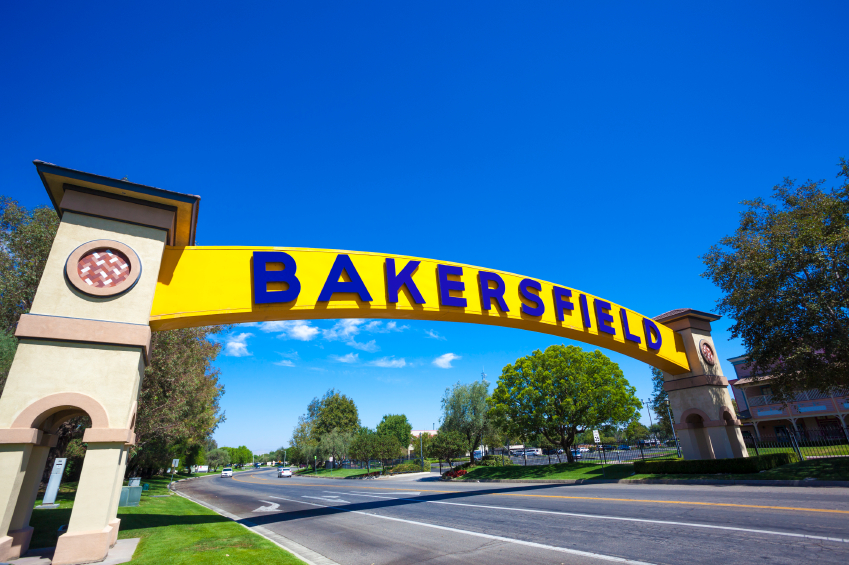Lois Henry should be commended for being responsive to California Water Service Co. customer Courtney Compton and for delving into the complex world of utility ratemaking (“Why is Cal Water asking for big rate hike?”, Sept. 1). She rightly acknowledged factors that affect rates — water costs, treatment, infrastructure and taxes. Other costs include water quality compliance, labor and health care.
However, the assertion that regulated water utilities set rates to make a profit is simply not correct, and suggesting that government use eminent domain to take over the system is an approach that would saddle taxpayers with decades of debt, higher water costs and an uncertain future.
Water rates are based on a simple concept — recovering the costs to operate and maintain the local water system. By law, a water utility regulated by the California Public Utilities Commission only recovers its costs following an extensive independent, third-party audit of the water company and its proposed expenditures. This process ensures that the rates set by the CPUC are reasonable for utility customers, while ensuring the appropriate level of investment in the system.
Rates differ between communities because of costs and sources of water, age and location of the physical system, customer base and their usage patterns, and utility’s financial sources. The utility’s particular circumstances with respect to these factors determine its rates relative to its neighbors.
When a municipal water agency raises money to improve infrastructure through bond sales, it is required to pay interest on the bond debt, plus return the principal. Regulated water utilities do the same, either through paying interest on bonds, bank loans or other types of financing. Similarly, regulated water utilities provide a dividend to shareholders who provide the capital that is invested to ensure precious water resources are protected from their source to your tap. The rate of return, set by the CPUC, is designed to help the water utility finance major infrastructure investments like water mains, pipe replacement and other long-term capital investments; all other expenses are charged to customers at cost.
The suggestion that government should exercise its power of eminent domain to take over the water system is a recipe for disaster. History proves that this course of action results in higher costs and no recourse for customers. For example, in 2008, the town of Felton in Santa Cruz County engineered a government takeover of a regulated water utility that had been serving the community since 1889. Even though the original amount proclaimed by takeover proponents was $2 million, the final purchase amount was $13.4 million, more than six times what takeover supporters promised. That amount was spread over Felton’s 1,300 customers, who obligated themselves to 30 years of higher property taxes on the promise of lower rates and modest rate increases.
The promise of lower rates evaporated immediately as the new public owner of the system implemented a 35 percent rate increase in the first three years. The increases aren’t going to stop there; in May 2013, the public water district announced an additional five-year rate increase totaling 53 percent. Moreover, the $45 per month per customer property tax increase will total more than $16,000 per customer over the life of the bond.
Bakersfield today benefits from a public-private partnership where Cal Water invests to ensure the system is well maintained, pays taxes and creates jobs without competing for money for schools, parks and public safety. Cal Water is accountable to the city and to California Public Utilities Commission. That’s a good thing.
Regulated water utilities have more than two centuries of experience serving communities of all sizes and in all areas of the United States. Today, nearly 73 million Americans — one of every four people in this country — receive water service from an investor-owned water utility or a government-owned utility operating under a public-private partnership, as Cal Water does with the city of Bakersfield. Contracts for these partnerships are renewed at an average rate of 93 percent, underscoring the satisfaction with the services provided.
[author] [author_info]Jack Hawks is Executive Director of the California Water Association, a state trade organization that represents approximately 120 regulated water utilities.[/author_info] [/author]





